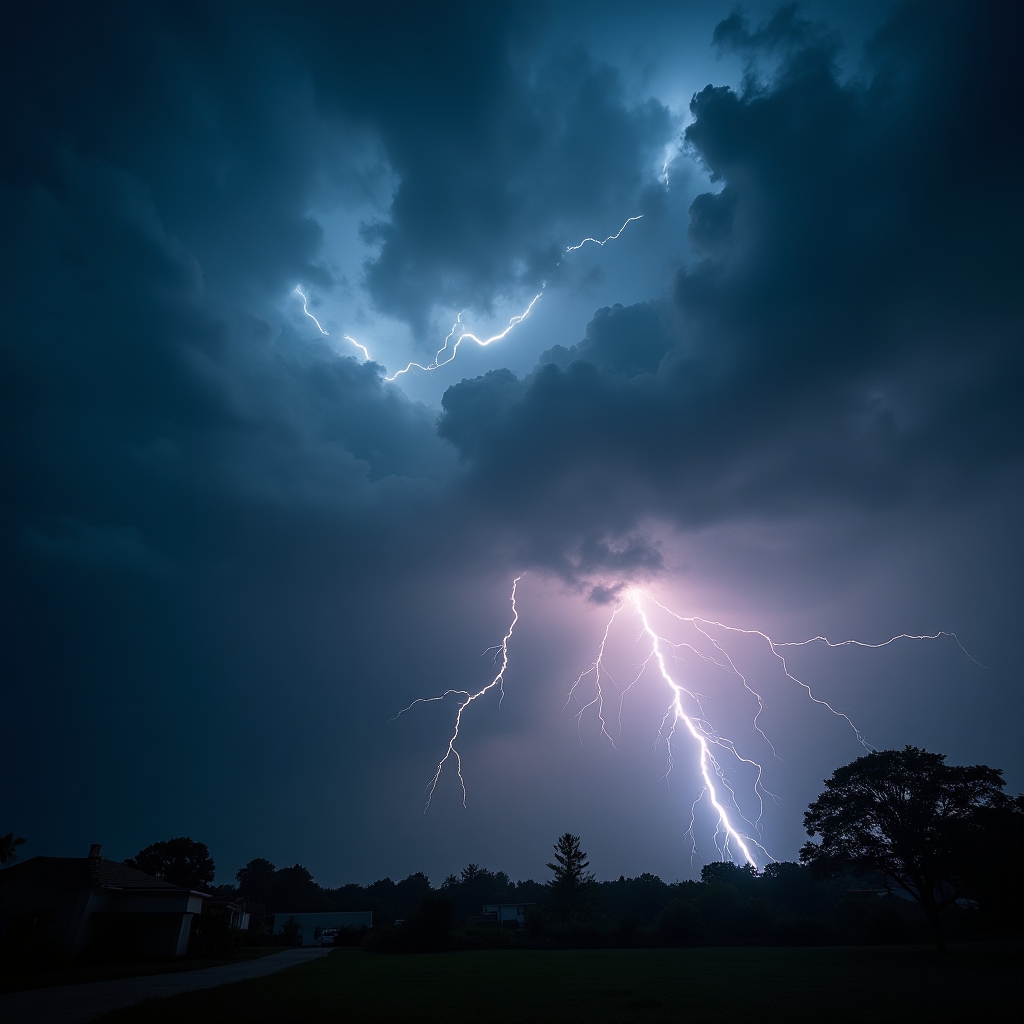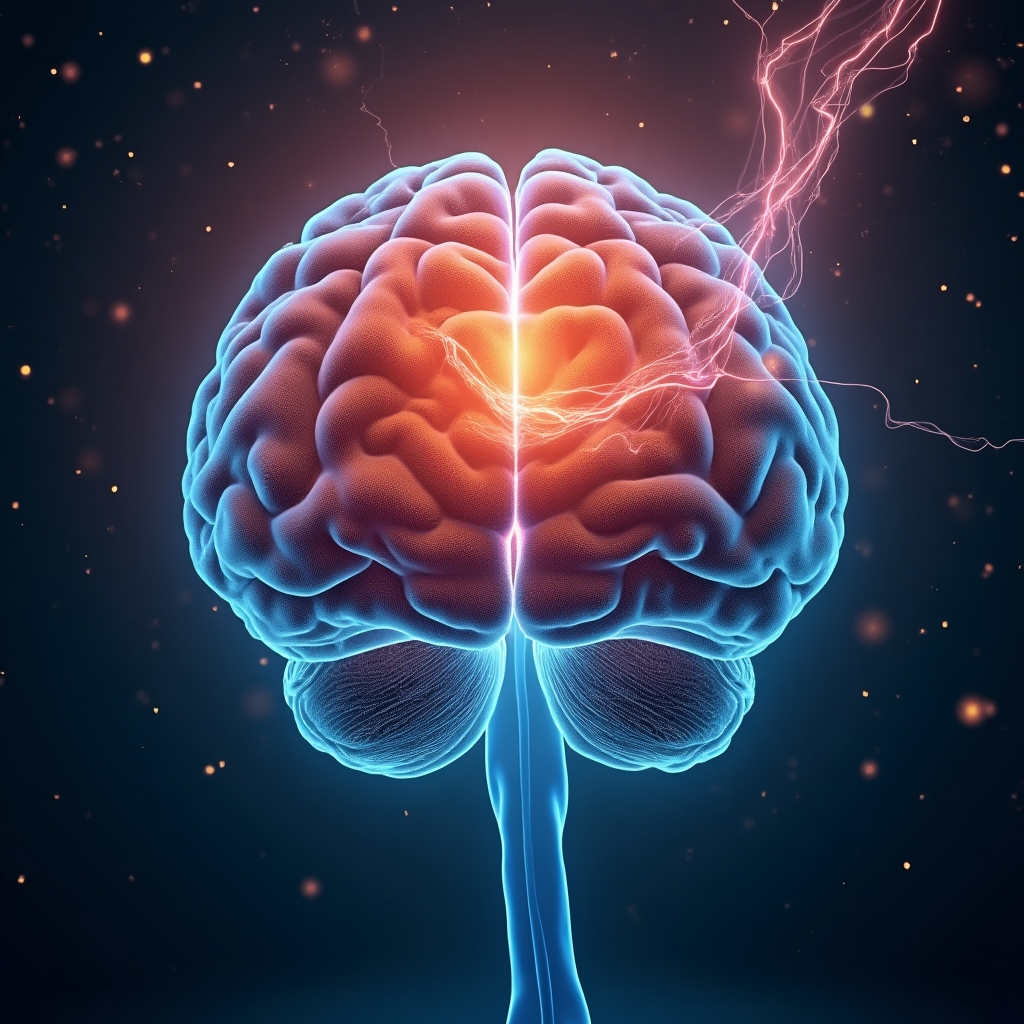Lightning strikes—nature's dazzling spectacle—has long puzzled and fascinated us. An electrifying mystery that zigzags the sky now unfolds with newfound understanding. Thanks to the pioneering efforts of a research team led by Penn State University, the secrets of how lightning ignites in thunderclouds have been unraveled, casting light on the electrifying heartbeats of our planet's stormy temperament.
iN SUMMARY
- ⚡ Penn State-led team unveils the physics behind lightning.
- 🔍 Scientists reveal the vital role of ice crystals in triggering lightning.
- 🌪️ New insights help us better understand the Earth’s atmosphere.
- 🔬 Research offers potential for future weather predictions and safety innovations.
The heart of this electrifying revelation is not just academic triumph; it is woven with hopes of advancing weather prediction models, improving safety measures, and evocating awe. According to Science Daily, the research delves into the quantitative physics behind these marvels, finally explaining lightning initiation with a scientific lens.
Understanding the Elements of a Storm
Think of a thunderstorm as a cosmic ballet where clouds dance with electricity. Thunderclouds are natural magic carpets woven with water droplets, ice crystals, and turbulence that generate electric fields. This electric field is the prelude to the dramatic performance we call lightning. The denser the charge within these clouds, the more likely it will reach a tipping point, culminating in a lightning bolt's dramatic descent.
The researchers discovered that lightning is eager to begin when conditions foster a high-density electric field. Ice crystals play a pivotal role in this process. Within the turbulent swirl of a thunderstorm, ice crystals clash and separate electric charges, setting off a chain reaction that builds the field strength needed to ignite lightning.
Interested readers, especially those in naturally dramatic regions like Montreal or Dallas, who experience frequent thunderstorms, may appreciate this new clarity in understanding how each strike of lightning connects dot to dot within the beating heart of the atmospheric puzzle.
The Role of Ice Crystals: A Delicate Dance
Ice crystals, tiny architects of phenomena, spin the tale of lightning’s start. Within thunderclouds, these crystals do more than shimmer; they transform into codevelopers of electrification. As these crystals jostle and dance through clouds, they create an electric field potent enough to break through air resistance.
This field, fortified by ice crystals, initiates the path for lightning, carving its mark through the sky and illuminating the clouds as if offering nature’s spotlight. Thunder accompanies this spectacle like a symphonic score, echoing across the horizons.
Throughout the process, minuscule but mighty electrons zip along these channels. Their rapid racing heats the air surrounding the path to up to 30,000 Kelvin, causing the air to glow—an awe-inspiring phenomenon we witness as the flash of lightning.
Implications for Weather Forecasting and Safety
Lightning not only captivates but commands respect. Understanding its origins helps demystify thunderstorm forecasting, potentially saving lives. By gaining insight into these atmospheric transformers, meteorologists can better predict severe weather, making it possible to offer more accurate warnings and protecting communities at risk, such as those seen in Phoenix or Perth.
Technological advances built upon these findings could be game changers. Not only could they refine prediction models, but they could also lead to innovation in lightning protection and safety measures. From enhancing aircraft safety to improving energy grid resilience, the potential applications are vast.
The study offers new knowledge pathways, inspiring hope for a future where weather-related disruptions could become manageable and reduced in the face of human preparedness and technological innovation.
Embarking on Further Exploration
The opus of understanding lightning unfurls new pages yet to be written. As research continues, further collaboration between institutions and researchers will be crucial. Weather phenomenon aficionados can follow ongoing research at establishments such as UCAR or even contribute through citizen science initiatives tracking atmospheric data.
To learn more, curious minds can embark on a scientific journey by exploring resources like science books available on Amazon.ca, or visiting online portals like iNthacity, which continuously updates on international weather phenomena and their scientific explorations across the globe.
Be Part of the Weather Adventure
Lightning remains a magnificent testament to nature’s power. It challenges us to learn more and deepen our appreciation for the forces that shape our planet. What questions might this groundbreaking research inspire in you? Could it encourage you to ponder ways you might contribute to your local community's preparedness for thunderstorms?
Join the discussion by sharing your thoughts and experiences. Become a part of iNthacity’s digital community. Consider becoming a resident in "Shining City on the Web" by applying for permanent residency and citizenship, and sharing your ideas and questions to inspire further dialogue in this breathtaking journey of weather discovery.
Ultimately, as we illuminate the dark skies of mystery with newfound knowledge and community collaboration, may our foresight turn storms of uncertainty into beams of hope, guiding us safely through the winds of change.
Disclaimer: This article may contain affiliate links. If you click on these links and make a purchase, we may receive a commission at no additional cost to you. Our recommendations and reviews are always independent and objective, aiming to provide you with the best information and resources.
Get Exclusive Stories, Photos, Art & Offers - Subscribe Today!
























Post Comment
You must be logged in to post a comment.